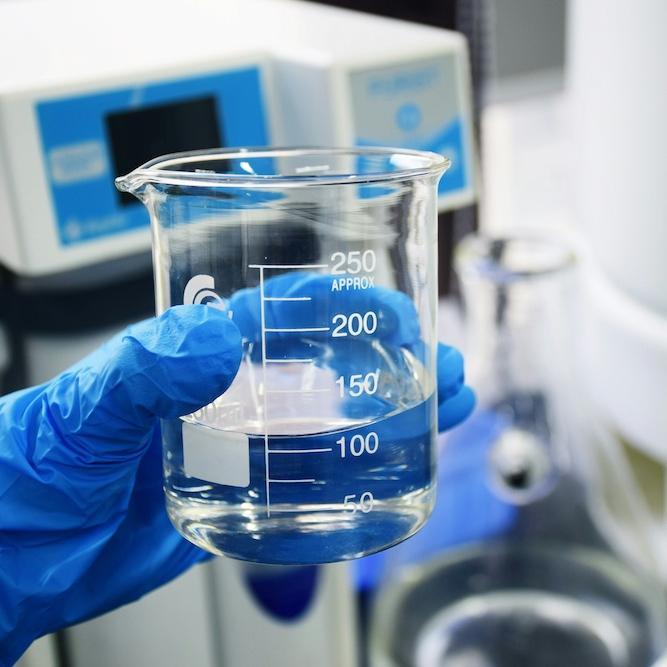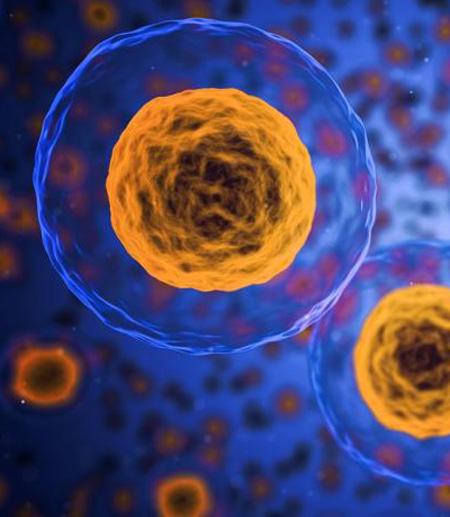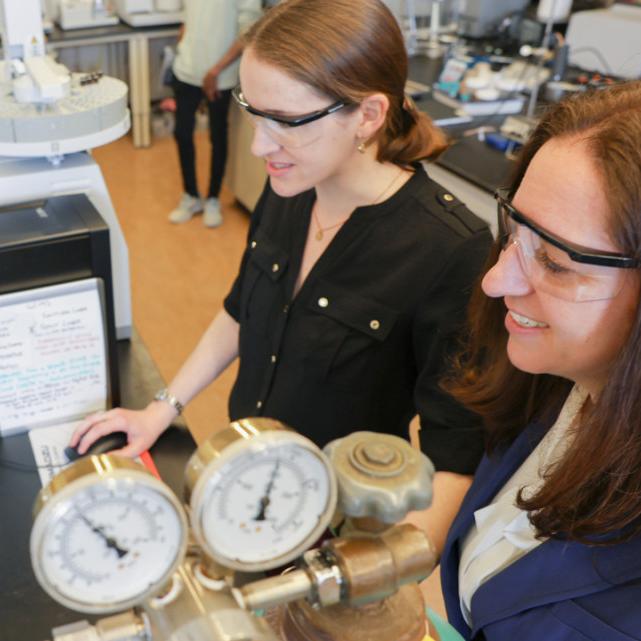The white blood cell TH17 helps the immune system fight infection by promoting inflammation. But it can be too much of a good thing: Excessive inflammation from TH17 overload has been tied to autoimmune disorders, such as inflammatory bowel disease (IBD) and arthritis.
Researchers led by Hening Lin, professor of chemistry and chemical biology in the College of Arts and Sciences and a Howard Hughes Medical Institute Investigator, have found a new way to potentially treat IBD as well as other autoimmune disorders by targeting a mechanism that regulates the signaling pathway that enables TH17 to be produced and inflammation to occur.
Their paper, “A STAT3 Palmitoylation Cycle Promotes TH17 Differentiation and Colitis,” published Oct. 7 in Nature. The lead author is postdoctoral researcher Mingming Zhang.
The production of TH17 is a chain reaction of sorts, built around the STAT3 protein. When the body detects infection, it secretes cytokine molecules that bind to the plasma membrane of a precursor T cell and activate the enzyme JAK2. This enzyme, in turn, is responsible for activating STAT3 by adding a phosphate group to it, a process known as phosphorylation. Once “turned on,” STAT3 directs the expression of the interleukin 17 gene and causes TH17 cells to develop.
At least, that’s the way the process has been traditionally understood. Lin’s group discovered a new mechanism that regulates this pathway.
“For JAK2 to phosphorate STAT3, they have to be in the same location. Previously, people didn’t know there’s a mechanism that promotes STAT3 going to the plasma membrane,” Lin said. “What we found is that there is an enzyme called DHHC7 that does that job.”
The DHHC7 enzyme is a kind of matchmaker. It helps STAT3 go to the plasma membrane, where JAK2 is located, by applying a fatty acid, or lipid, to the protein. The lipid’s greasiness directs STAT3 to the plasma membrane so phosphorylation can take place.
However, that’s only half of the process. STAT3 still needs to detach from the plasma membrane and make its way to the nucleus. That’s when another enzyme, APT2, comes in and removes the lipid modification, freeing STAT3 so it can move to the nucleus and deploy the interleukin 17 gene that will cause TH17 cells to develop.
Lin’s group found that inhibiting this two-part lipid modification cycle in mice prevents the STAT3 protein from making its long journey to the nucleus, thereby suppressing inflammation and, ultimately, colitis, which is a form of IBD.
“There’s no effective treatment for colitis, and the exact cause is not very clear. But we do know that TH17 cells play some role in it,” Lin said. “We found that this cycle of putting on a lipid modification and then removing it promotes TH17 cell differentiation. And when we inhibit or delete these two enzymes, DHHC7 or APT2, we can protect the mice from getting colitis.”
Other researchers have targeted JAK2 with the same goal, but that enzyme can be difficult to target specifically, and inhibiting it can create toxicity. APT2 is easier to inhibit, and disrupting it does not seem to cause any severe damage, Lin said.
After analyzing human data, Lin’s team determined the STAT3 signaling pathway is important in humans, too. Their new method could lead to treatment of a host of autoimmune disorders, such as Crohn’s disease, multiple sclerosis, rheumatoid arthritis and Type 1 diabetes. It could also help prevent the rejection of organ transplants.
Co-authors include Maurine Linder, professor and chair of the Department of Molecular Medicine in the College of Veterinary Medicine; research scientist Min Yang; research support specialist Xuan Lu; doctoral students Yilai Xu, Garrison Komaniecki and Tatsiana Kosciuk; Xiao Chen, Ph.D. ’18; and researchers from Sichuan University, Nanjing University, and Nanjing Medical Univeristy.
The research was supported by the Howard Hughes Medical Institute and the National Institutes of Health.
Read the story in the Cornell Chronicle.
Image by KGH/Creative Commons license 3.0





